Almanac or Shepherds new calendar for the year of grace MDCCCLXI
The author has indeed recreated its own alphabet with pictograms, hieroglyphics and others symbols that sometimes make reading very difficult !!! Troyes printed from Anner André, at Baudot publisher rue de Crooncels, 21
Partial peddling stamp remaining on the cover page.
The original small book concerns the year 1788 and remains an extremely rare peddling book - I had nevertheless acquired ones from the very interesting La Roche Musset Manoir library, in Touraine.
It's stunning to see that his funny formula has been reused almost a century later.
Note that we also know of the editions of 1810, 1814 or even 1830, ...
In-32 (125 X 80mm), 32 encrypted and engraved pages. Brooch. Title in red and black. The woodcut illustration consists of 12 vignettes (40 X 60 mm) representing fileds work, and 110 vignettes (circa 20 X 10 mm) depicting saints and festivals of the year. The vast majority of these woodcuts are hastily enhanced with red gouache. 4 "hieroglyphic" lines at the bottom of each page are printed in red and black. Without doubt, the almanac of Melchior Griesser is the one that most astonished Charles Nisard, who only knew of copies from the 1830s.
Nisard indeed writes in his Histoire de la literature et de colportage, Paris, 1864. Volume I, pages 74-75:
"I don't know that there is anything in the world more curious, more original. Imagine an almanac without text, or at least without the one for which an almanac is particularly made , that is to say the indication of the days and the dates of the months. This essential information is indicated in hieroglyphic characters, so that, if it is true (...) that this book is intended for people who do not know how to read, it is necessary that in order to be able to guess and know these characters by heart, they make a hundred times more efforts of intelligence and memory than they would do to learn only to read writing vulgar".
For the 18th century, only two libretto by Melchior Griesser are known to be kept in public libraries: one, dated 1760, is kept at the Newberry; the other, dated the leap year 1788, is kept at the University Library of Bern. No copy in French libraries. "






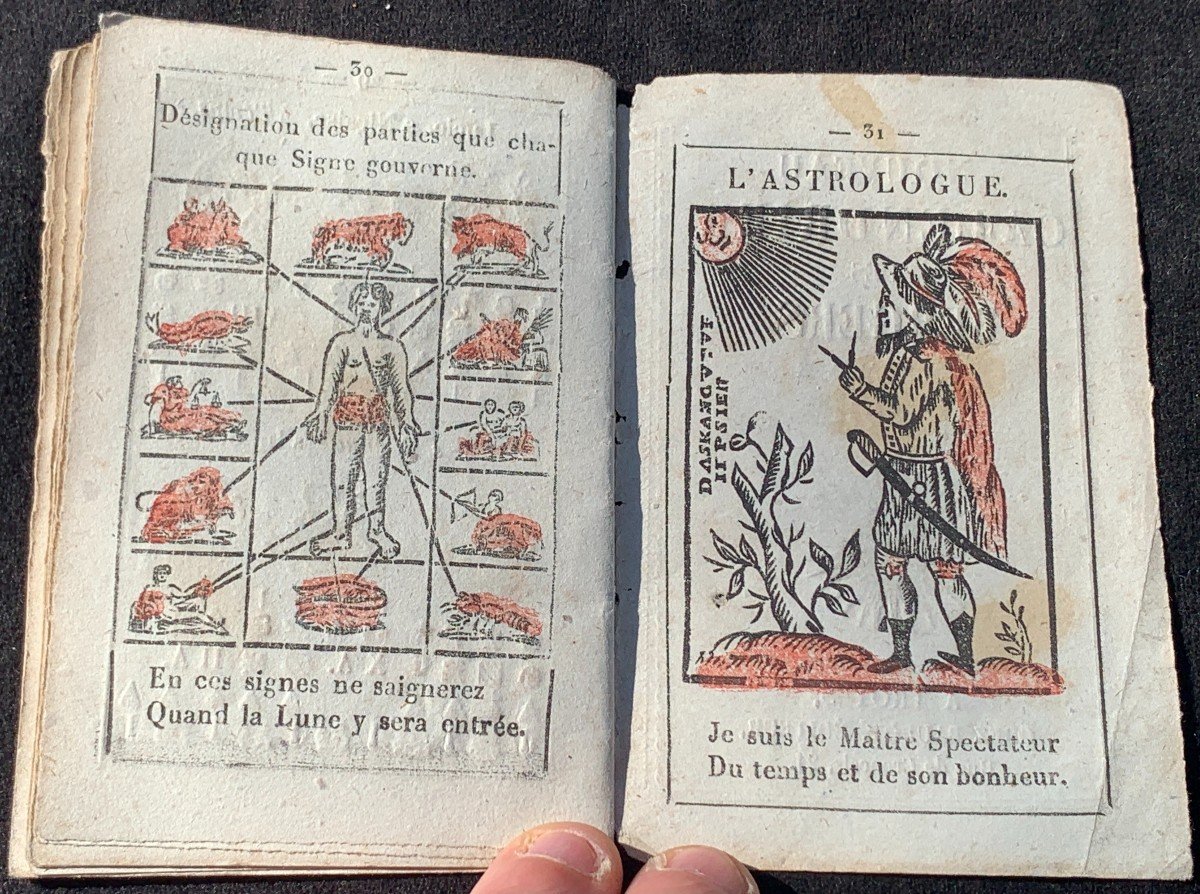

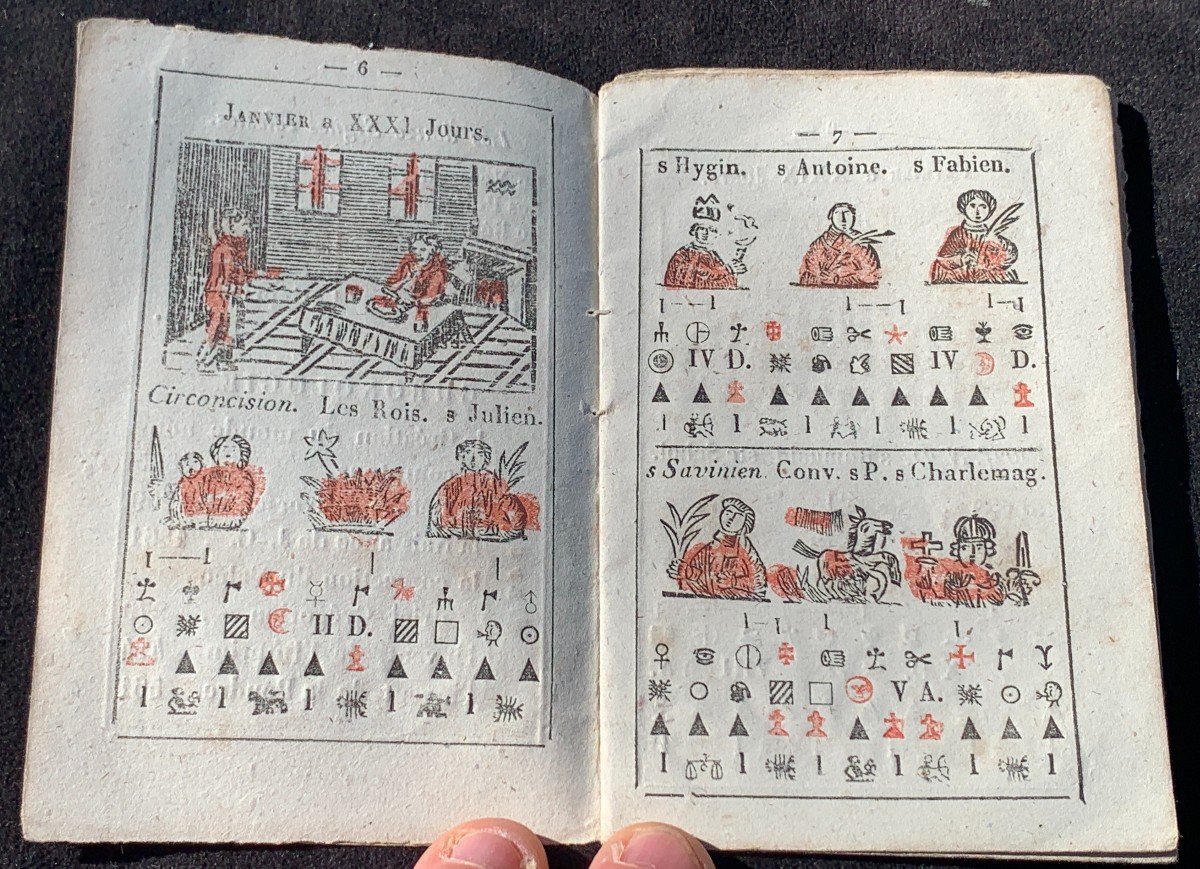

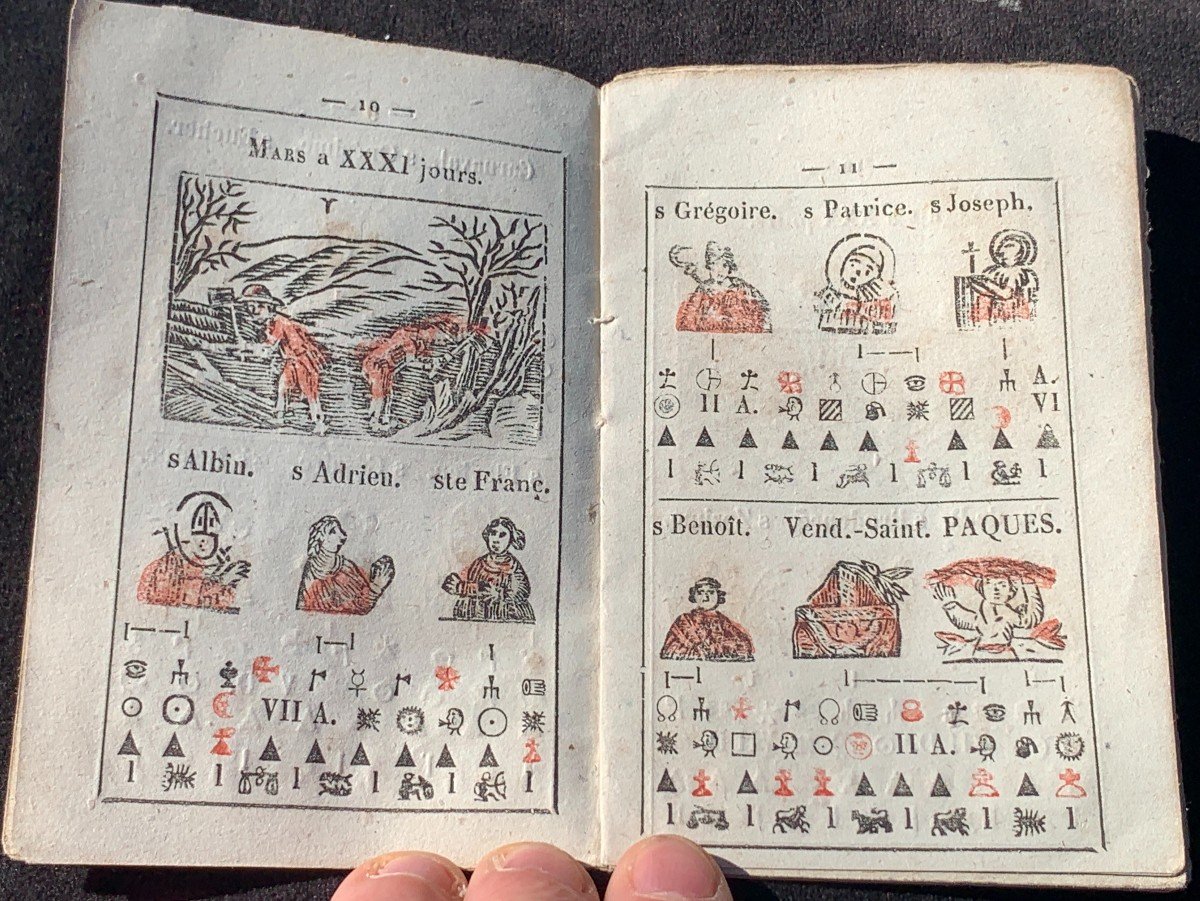
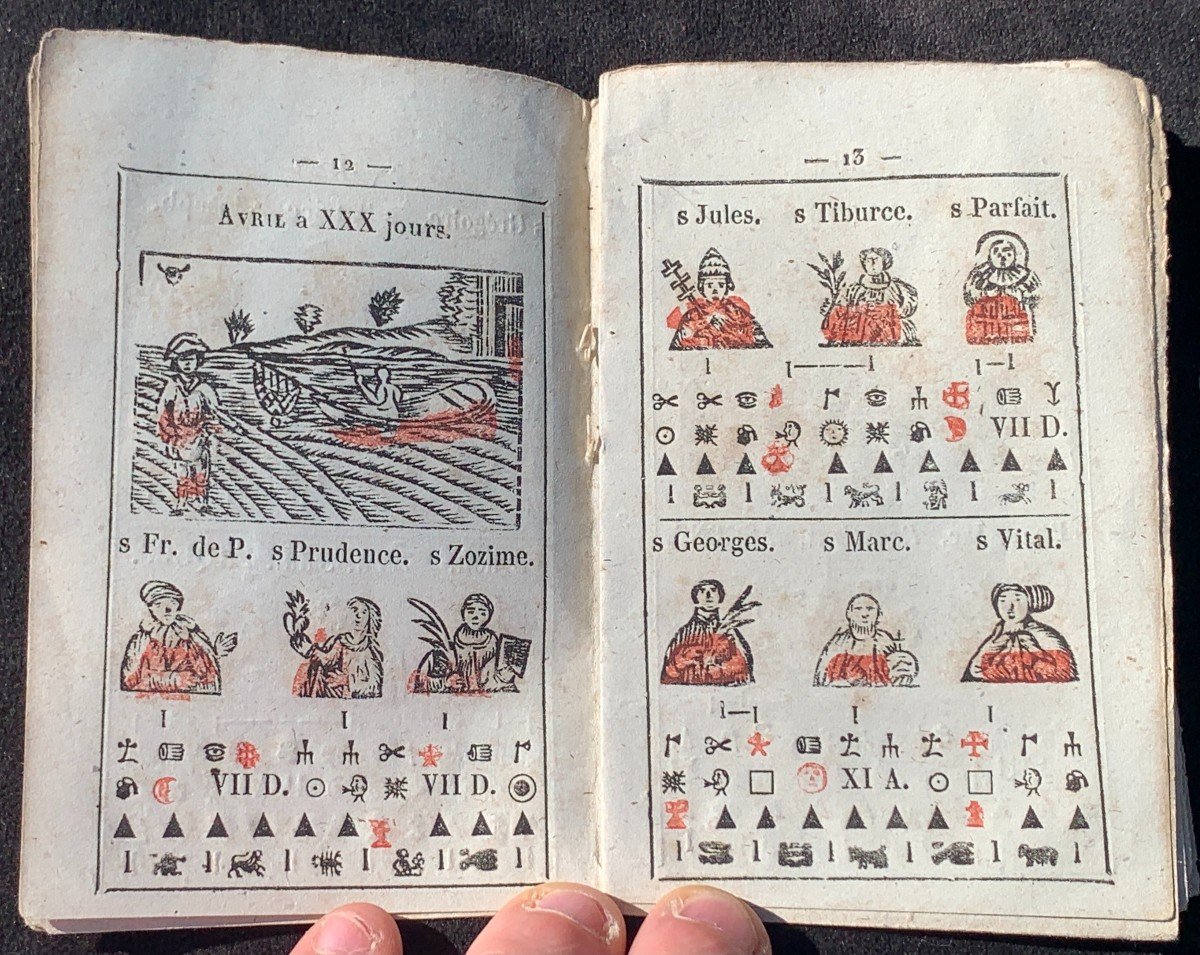

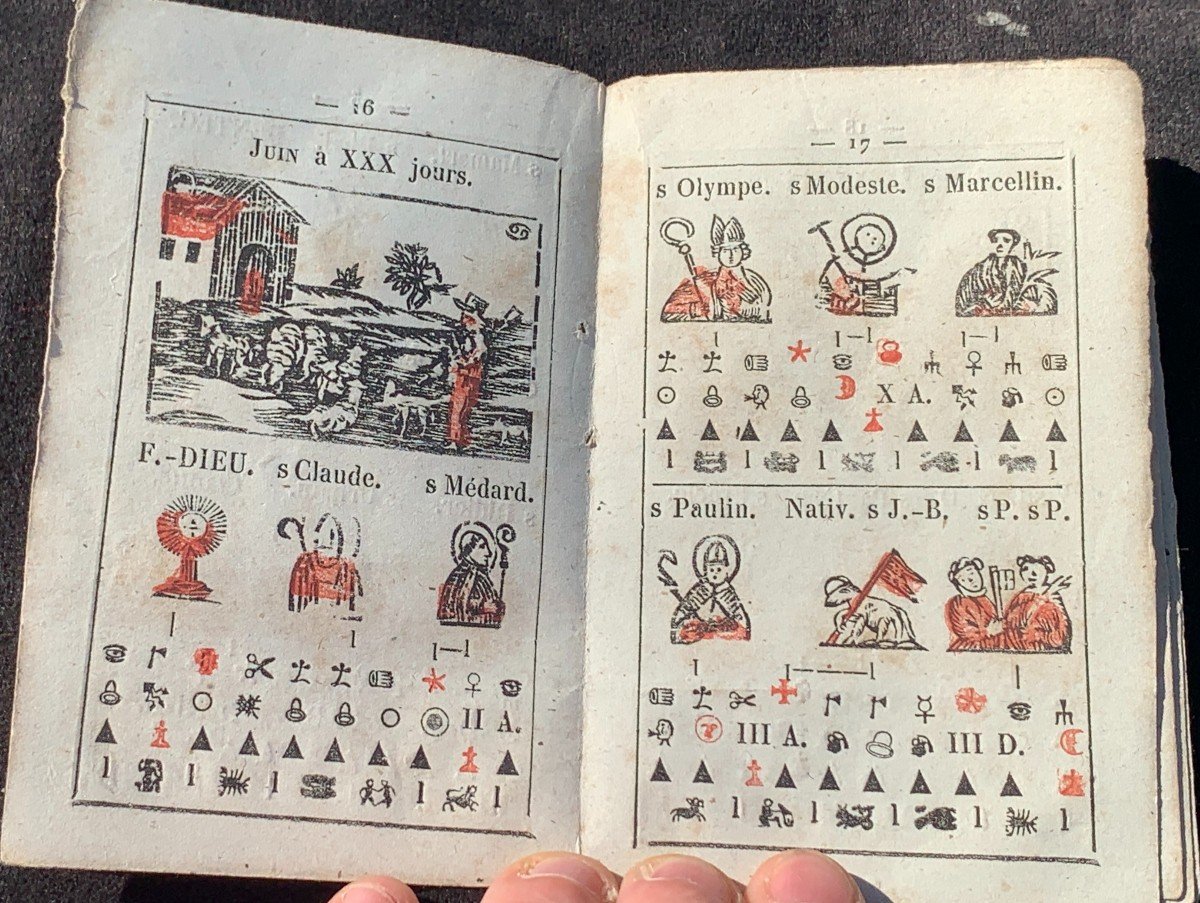
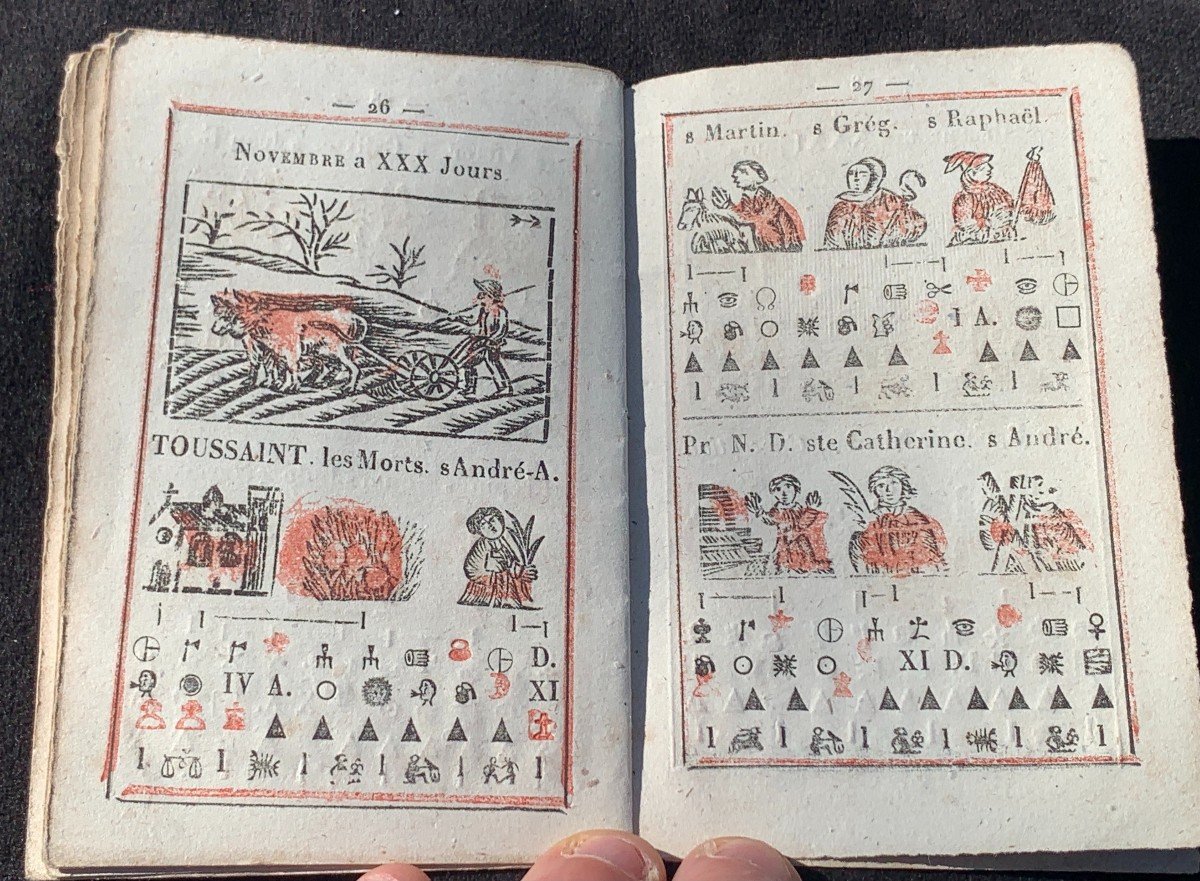


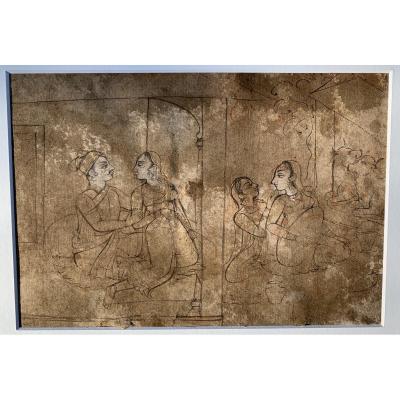


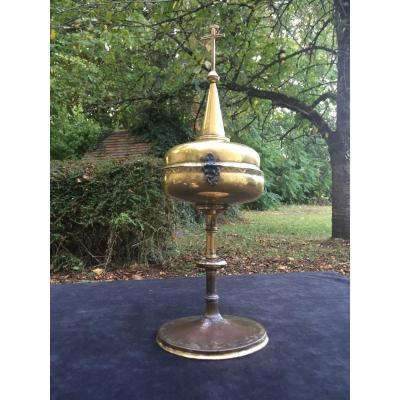

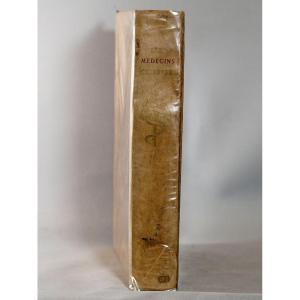

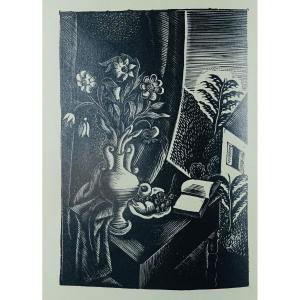
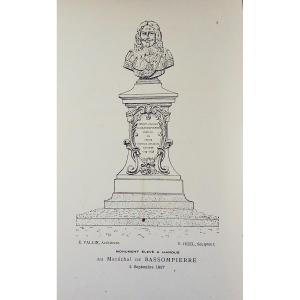




 Le Magazine de PROANTIC
Le Magazine de PROANTIC TRÉSORS Magazine
TRÉSORS Magazine Rivista Artiquariato
Rivista Artiquariato
